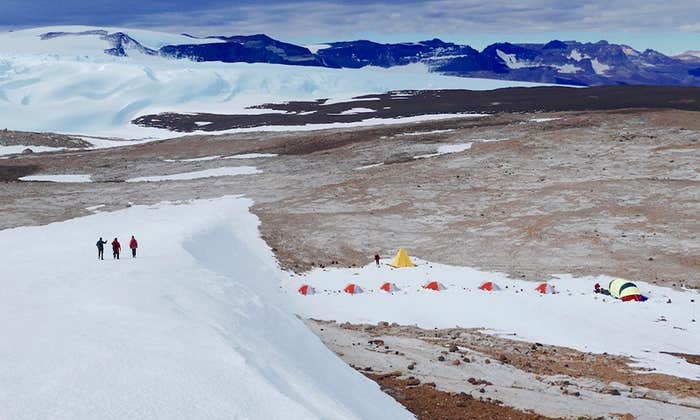In 1909, a United States Forest Service officer named Aldo Leopold shot a mother wolf from a perch of rimrock in the Apache National Forest in Arizona. It was a revelatory moment in the life of the young naturalist. “In those days we never heard of passing up a chance to kill a wolf,” Leopold wrote in an essay called “Thinking Like a Mountain,” later included in his Sand County Almanac, published posthumously after his death in 1948 and which went on to sell several million copies. “We reached the old wolf in time to watch a fierce green fire dying in her eyes. I realized then, and have known ever since, that there was something new to me in those eyes—something known only to her and to the mountain.”
Leopold, who today is revered among ecologists, was among the earliest observers of the impact of wolves on deer abundance, and of the impact of too many deer on plant life. In “Thinking Like a Mountain,” he outlined for the first time the basic theory of trophic cascades, which states that top-down predators determine the health of an ecosystem. The theory as presented by Leopold held that the extirpation of wolves and cougars in Arizona, and elsewhere in the West, would result in a booming deer population that would browse unsustainably in the forests of the high country. “I now suspect that just as a deer herd lives in mortal fear of its wolves,” Leopold wrote, “so does a mountain live in mortal fear of its deer.”
Instead of eating themselves out of house and home, they survived—they thrived—by altering their home range to their benefit.
One of the areas where Leopold studied deer irruptions was the Kaibab Plateau near the Grand Canyon. By 1924, the deer population on the Kaibab had peaked at 100,000. Then it crashed. During 1924-26, 60 percent of the deer perished due to starvation. Leopold believed this pattern of deer exceeding the carrying capacity of the land would repeat across the U.S. wherever predators had been eliminated as a trophic force. By 1920, wolves and cougars were gone from the ecosystems east of the Mississippi—shot, trapped, poisoned, as human settlement fragmented their habitat—and they were headed toward extirpation in most parts of the American West. Within two generations, the hunting of deer had been heavily regulated, the calls from conservationists had been heeded for deer reintroduction throughout the eastern U.S., and swaths of state and federally managed forest had been protected from any kind of hunting.
Freed both of human and animal predation, however, deer did not follow the pattern predicted by Leopold. Instead of eating themselves out of house and home, they survived—they thrived—by altering their home range to their benefit. As recent studies have shown, certain kinds of grasses and sedges preferred by deer react to overbrowsing the way the bluegrass on a suburban lawn reacts to a lawnmower. The grasses grow back faster and healthier, and provide more sustenance for more deer. In short, there has been enough food in our forests, mountains, and grasslands for white-tailed deer in the U.S. to reach unprecedented numbers, about 32 million, more than at any time since record-keeping began.
In 1968, Stanford biology professor Paul Ehrlich predicted that another widespread species would die out as a result of overpopulation. But he was spectacularly wrong. Like the deer, the steadily ingenious Homo sapiens altered its home range—most notably the arable land—to maximize its potential for survival. As Homo sapiens continues to thrive across the planet today, the species might take a moment to find its reflection in the rampant deer…
The full article appears in the Spring 2014 Nautilus Quarterly. Subscribe today!
Christopher Ketcham is a contributing editor at Harper’s Magazine.






























